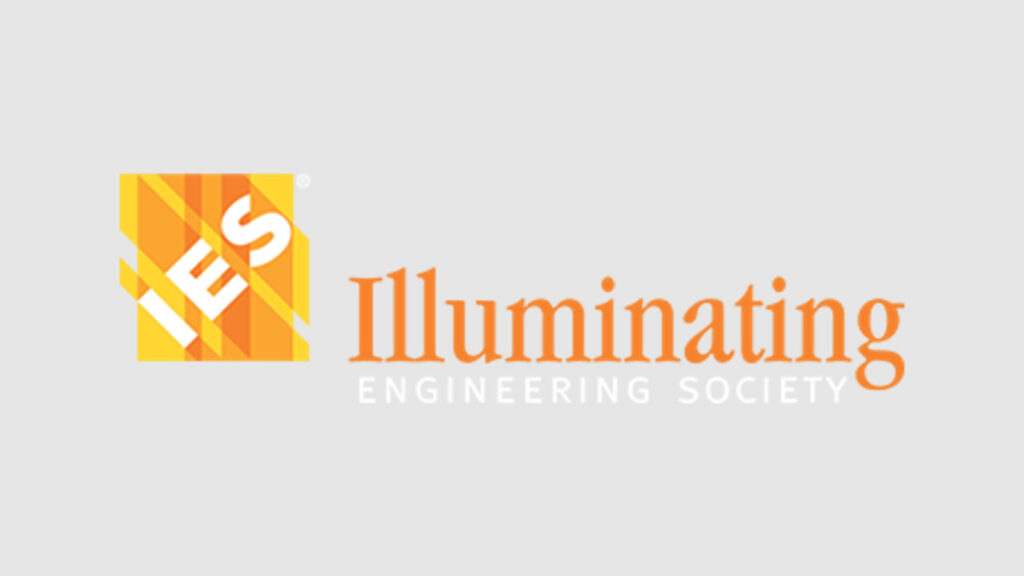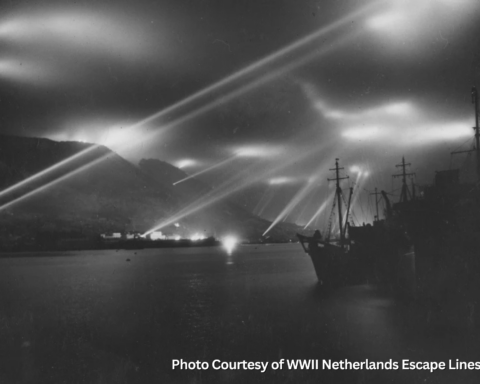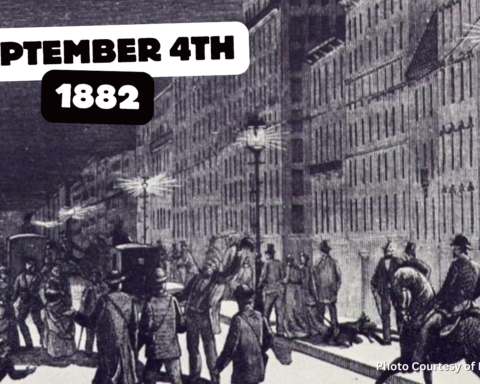The Illuminating Engineering Society, also known as the IES, was founded in 1906 by a group of engineers and other professionals who sought to improve the quality of lighting in buildings and outdoor spaces. The society’s principal purpose was to gather experts in the field and create a platform for discussion where they could share knowledge and advance the field of illumination.
Over the years, the IES has played a vital role in shaping the industry of lighting and has been at the forefront of many significant innovations. In addition to the professional development and education of its members, the society has also been responsible for developing and publishing standards for lighting design practices and product safety.
One of the society’s most significant achievements is its Lighting Handbook, first published by IES in 1936. This comprehensive guide to lighting design remains one of the industry’s most significant resources to this day, covering everything from basic lighting concepts to advanced design strategies.
Today, the IES is a widely recognized and respected organization, with thousands of members around the world who work in a variety of industries, including architectural design, engineering, and product manufacturing. The society’s mission is to provide leadership and support for the lighting industry while promoting the art, science, and application of lighting for the benefit of society and the environment.

Overall, the IES has had a significant impact on the lighting industry. It has been instrumental in advancing technology and design, and continues to play a vital role in helping professionals navigate the complexities of modern lighting design. With its innovative spirit and commitment to excellence, the IES remains an essential institution for anyone interested in lighting technology and design.
Featured image courtesy of the Illuminating Engineering Society.






